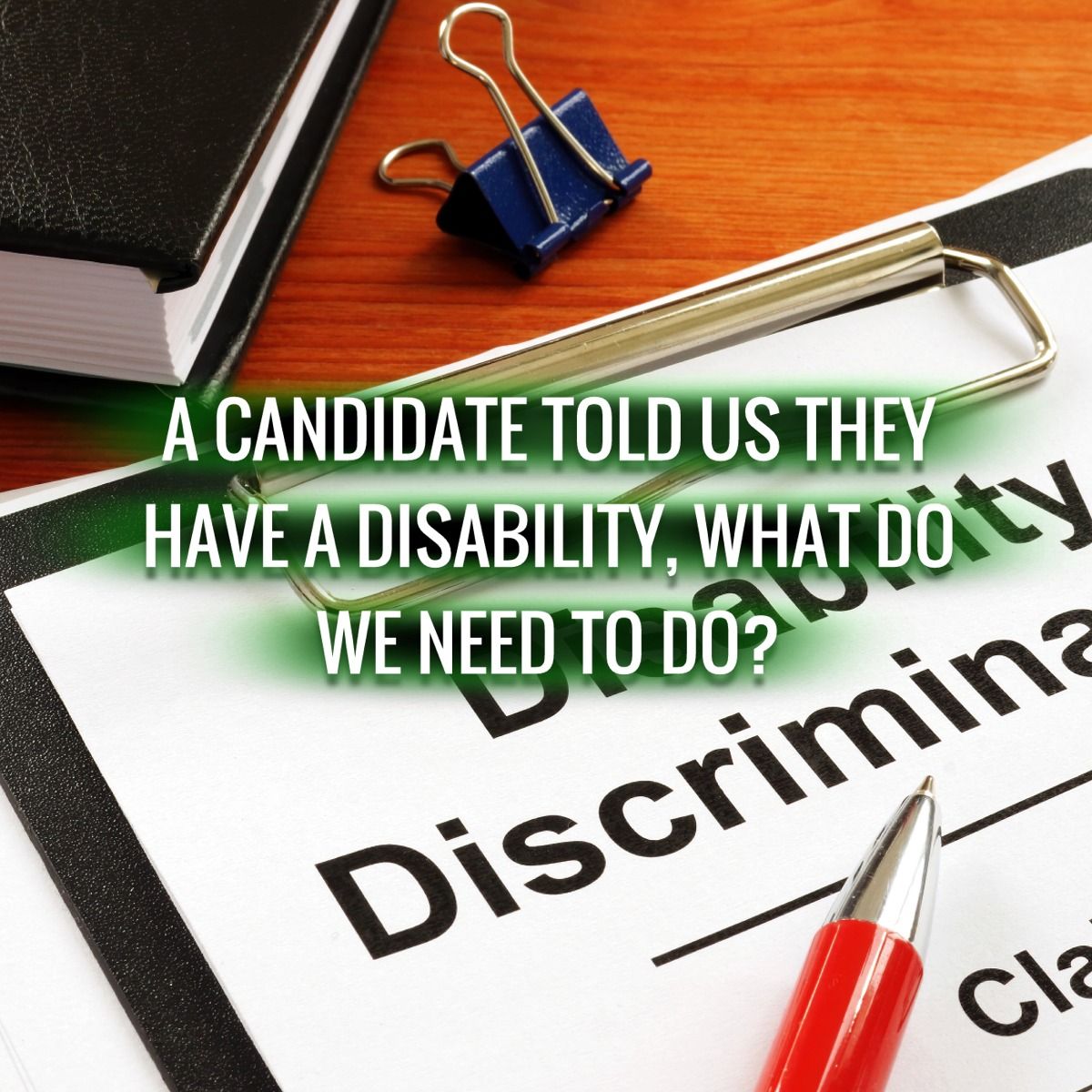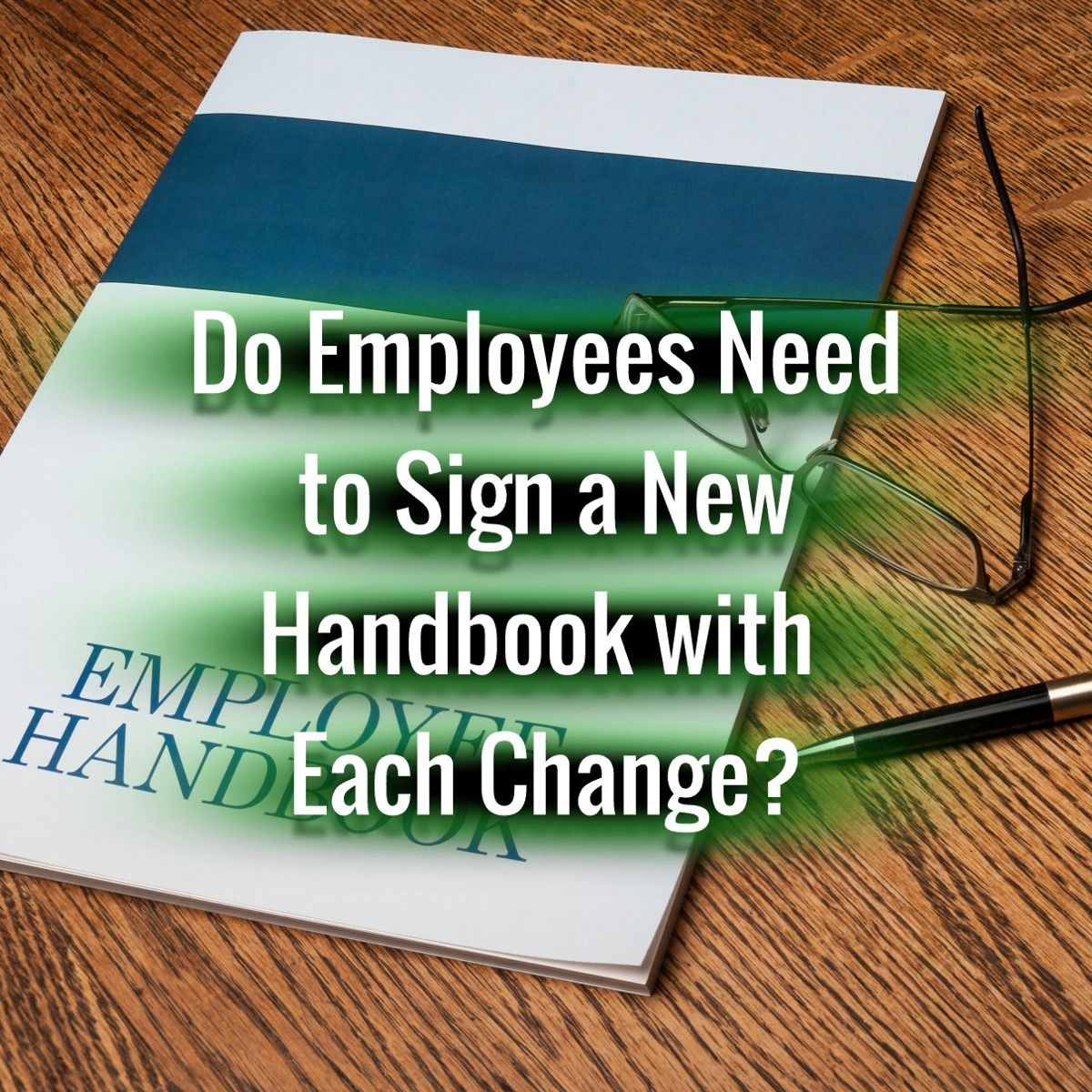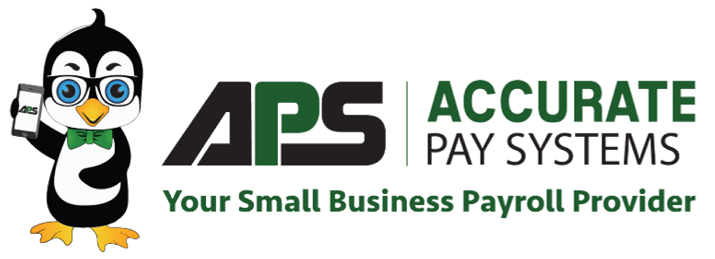By Carla Marsh
•
26 Apr, 2024
It’s hiring time! You’ve reviewed the applications, interviewed lots of fascinating people, and are ready to extend an offer. You’ve worked hard to get to this point, not only to find the right person, but also to sell them on the job. You’re probably both excited and nervous. You call the candidate, extend the offer, and give them a set time in which to make their decision. After the call, you follow up with the formal offer letter. This part is no less important than everything that’s come before. According to a Glassdoor survey, 1 in 6 job offers are declined. An offer letter can reaffirm to the candidate that accepting the offer is the right decision, but it can also give them pause and cause them to question the wisdom of accepting. A letter with poor grammar or typos, confusing sentences, details not previously discussed, or a tone at odds with the culture you’ve conveyed so far may speak to a lack of professionalism and scare them away. But a clear, polished, accessible letter that shines can help make their decision to accept an easy one. Good Practices When Drafting the Letter As you start writing, keep the following in mind: Provide a warm welcome. The letter should communicate your excitement about the individual joining your organization. Consider starting with a template—we have several on the platform—but make it your own. Make sure the letter's voice, tone, and style match your culture and brand, as well as the experience the candidate has had during the recruitment process. Playful or formal, the letter should be an extension of your company's culture. Avoid jargon, legalese, and other terminology the candidate may not understand. The letter should be clear, concise, and easily digestible, communicating all the relevant information the candidate needs to make a good decision, but without overwhelming them. Remember, you’re still selling the role, and you haven’t yet closed the sale. Use this opportunity to highlight the importance of this role to the organization and the advantages it will bring to the candidate if they accept. You want them visualizing themselves in the role and feeling excited about it. Details to Include in the Letter We recommend including the following key elements: Job title and general description. The full official job description may be best sent as an attachment, however. Logistics such as start date, work schedule, work location, whether the role is full or part time, and whether it’s exempt or nonexempt. Reporting structure as applicable, including their manager’s name, title, and contact information. Any contingencies such as passing a drug screening and background check prior to the start date. Compensation, including base pay rate, pay periods, and any bonuses or commissions they may be eligible for. A brief overview of benefits and a timeline of when they become effective. You can include an attachment with additional details, including coverage and costs. A statement that the employment relationship is at-will (if applicable). Instructions on how and by when to accept the offer. Close your letter by sharing your excitement for them to join! Steps to Take Before You Send the Letter When you’ve finished drafting the letter, don’t send it just yet! Ask a few others in your organization to review it for grammar, spelling, readability, and brand consistency. Don’t let your good news be overshadowed by avoidable mistakes. We also recommend having an attorney or internal HR professional sign off on the letter. Offer letters are not meant to be legal documents, but that doesn’t mean there aren’t legal implications. It’s best to avoid accidentally creating an employment contract, making promises you can’t keep, or inserting discriminatory language. Consider making the final version into a template for others in your organization to use. They’ll likely appreciate the time you’ve saved them. Once the letter is ready, send it out, and then take a moment to smile. Whether the candidate accepts or rejects the offer, you’ve done what you can to define and sell the role. Be proud of the work you’ve done. Even if the candidate rejects the offer, you’ve got an easily revisable letter draft ready to go. From HR Support Center - Legal Disclaimer : This message does not and is not intended to contain legal advice, does not address state or local law, and its contents do not constitute the practice of law or provision of legal counsel. The sender cannot be held legally accountable for actions related to its receipt.











